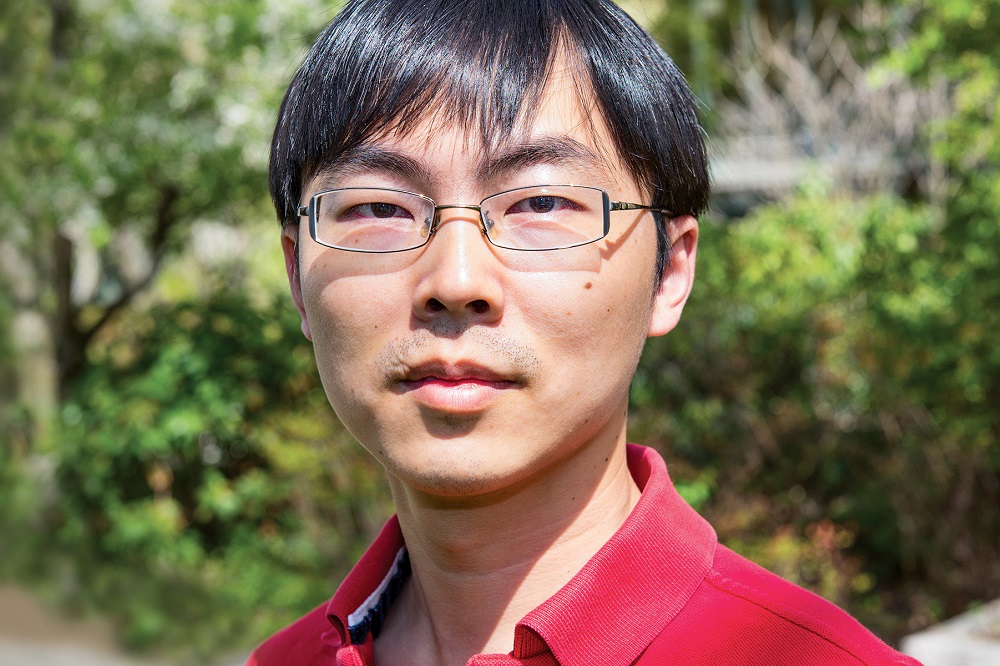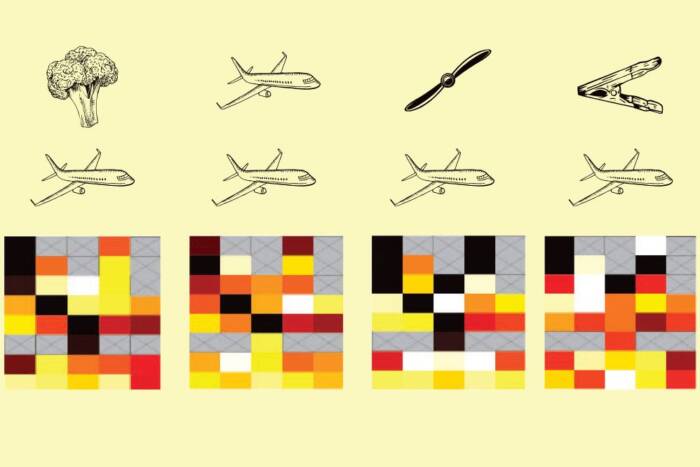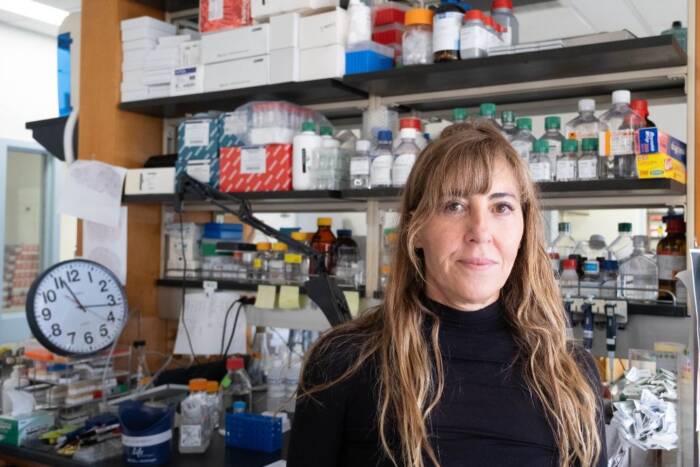Shixin Liu, expert in single-molecule studies of biological machines, is promoted to associate professor

Shixin Liu
A surprising amount of physical work is required to read genes. DNA must be uncoiled and made accessible, proteins that work on the genome must be assembled, engaged, and powered, and all of it must be carefully stowed away once the gene expression process is complete.
Shixin Liu, who studies the nanometer-scale biological machines that carry out this work, has been promoted to associate professor. He joined the Rockefeller faculty as an assistant professor in 2016, heading the Laboratory of Nanoscale Biophysics and Biochemistry.
“In his six years at Rockefeller, Shixin has emerged as a leader in the field of single-molecule biophysics,” says Richard P. Lifton, Rockefeller’s president. “He is a brilliant and rigorous experimentalist defining the molecular mechanisms of the complex machines that replicate DNA and that govern the expression of the genes embedded in DNA sequence.”
One molecule at a time
Liu is a pioneer in the use of single-molecule techniques to study nano-scale events. While many types of biological research involve measuring averaged outcomes across an entire sample, single-molecule techniques track the activity of individual molecules over time, enabling researchers to identify subtle events, as well as those occurring in parallel or in rapid succession. As a result, single-molecule methods can reveal the finer details of biological processes that might otherwise be lost. Liu uses them to investigate how seemingly random (or stochastic) molecular events lead to precise biochemical outcomes and the accurate transfer of materials and information in the cell.
“Single-molecule techniques circumvent the need for synchronization and are uniquely capable of capturing transient molecular events in real time,” Liu says. “They are ideally suited for studying multicomponent, multistep processes such as those that occur on chromosomes to provide access to genes, and to replicate and transcribe them.”
Liu uses fluorescence microscopy to study the assembly, movement, and disassembly of biological complexes involved in genome transactions, and he also goes one step further. He combines fluorescence visualization with what’s known as “force manipulation” to mimic the push, pull, and collisions experienced by biomolecules and observe how force impacts their structure and function. Molecular machines are constantly subjected to cellular forces of various kinds, and yet they perform their physiological tasks with remarkable accuracy. By applying precise, minuscule forces—on the order of piconewtons, or trillionths of newtons—to these machines, Liu investigates how they negotiate the physical characteristics and topology of DNA in near-native environments.
One tool, “optical tweezers,” enables him to stretch a strand of DNA by affixing tiny, specially coated plastic beads to its ends, then trapping the beads with a highly focused laser. “You can pull the DNA, you can twist it—you can see how the double helix and the proteins bound to it respond to force,” Liu says.
A tour de force
Before joining Rockefeller, Liu was a postdoc at the University of California, Berkeley, in the lab of Carlos Bustamante, and attended graduate school at Harvard, where he was a member of Xiaowei Zhuang’s lab. During his training, Liu became an expert in single-molecule techniques and used them in a variety of projects including investigations of how viruses package their DNA.
At Rockefeller, Liu’s research has focused on understanding the biophysical and biochemical principles governing DNA replication and transcription, especially the machines that move along nucleic acids and those that regulate the structure of the genome. His studies have revealed that the physical characteristics of DNA alone, and of the assembly of DNA and protein known as chromatin, constitute an essential regulatory dimension of how the replication and transcription machineries operate.
In one branch of his work, Liu has studied how CMG helicase, a central enzyme in the eukaryotic DNA replication machinery that unwinds DNA, is able to transition between double-stranded and single-stranded DNA. CMG normally exists as a closed ring, but Liu’s team showed that when facing certain situations, such as DNA damage, CMG is able to open the ring in order to depart or enter a DNA fork junction.
His team has also applied single-molecule approaches to study how DNA-binding proteins and epigenetic factors physically interface with nucleosomes—the main form of packaged DNA in the nucleus—that serve as primary roadblocks to gene expression. And they have used these methods to observe in real time the fate of multiple RNA-making machines working on the same strand of DNA as they run into each other.
Liu is the recipient of a Director’s New Innovator Award from NIH, an Innovate Grant from the Sloan Foundation, and a Pershing Square Sohn Prize. He is the co-organizer of Rockefeller’s Biochemical and Biophysical Methods course and serves on the Graduate Student Admissions Committee. He was awarded Rockefeller’s Distinguished Teaching Award in 2021.


